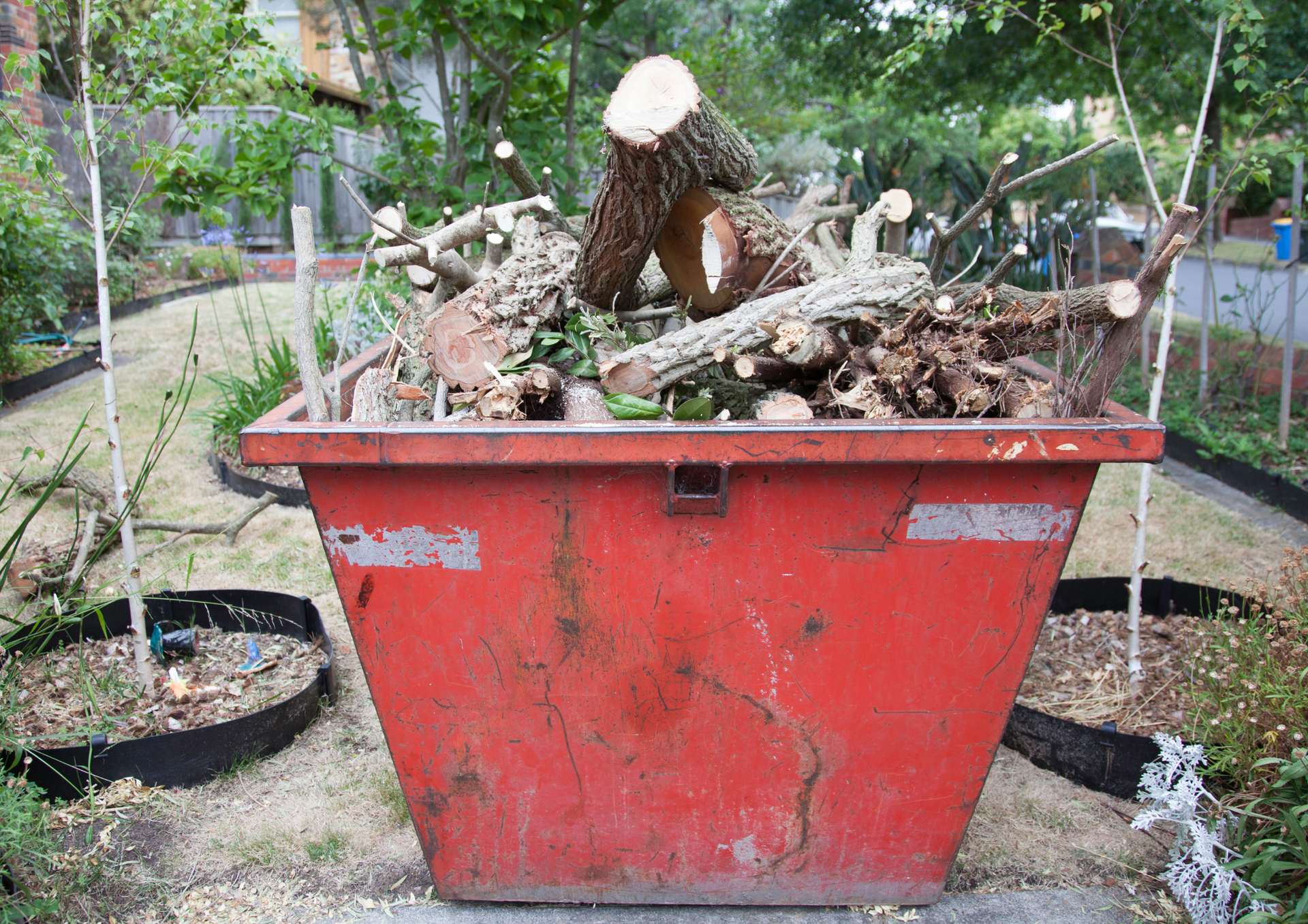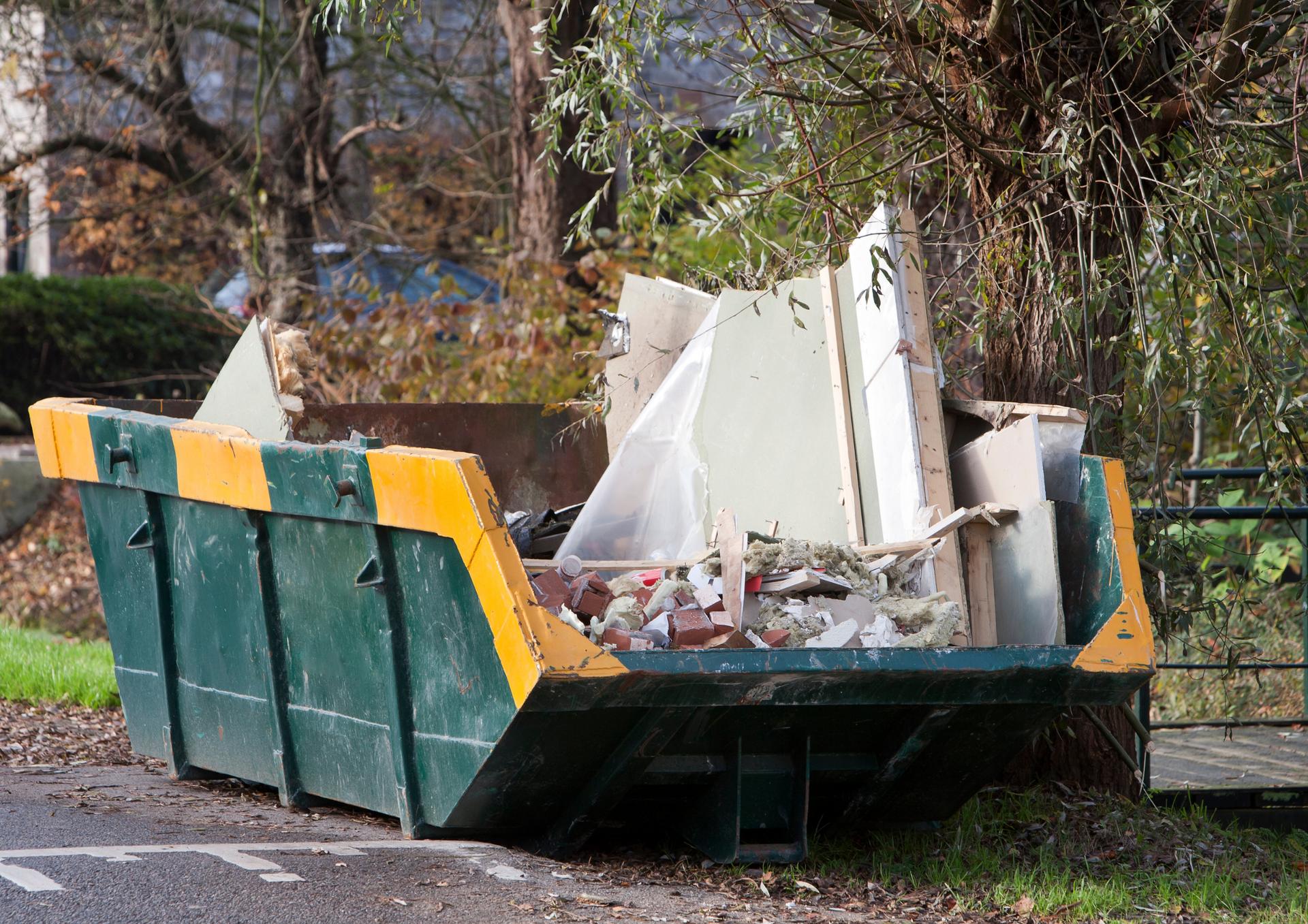How to Efficiently Use Different Skip Sizes for Waste Disposal
Whether you're clearing out your home, renovating your business premises, or managing a construction site, choosing the right skip size is crucial for efficient waste disposal. The wrong choice could result in overfilled skips, extra costs, or unnecessary hires. Understanding the different skip sizes available will help you make the right decision, saving time and money and ensuring responsible waste management.
Common Skip Sizes Explained
Choosing the right skip starts with understanding the available sizes and their uses. Here’s a breakdown of the most common skip sizes:
Mini Skip (2-3 Yard Skips)
A mini skip is perfect for small household or garden clear-outs. It can handle small quantities of waste like soil, garden trimmings, or minor DIY project debris. If you’re only clearing out a few rooms or tidying up your garden, this skip size is an excellent choice. A mini skip holds about 25-35 bin bags of waste.
Midi Skip (4-5 Yard Skips)
A midi skip offers a bit more room for slightly more extensive projects, like kitchen or bathroom refits. It’s ideal for medium-sized home renovations, larger clear-outs, or moderate amounts of garden waste. A midi skip can hold around 45 bin bags, making it a popular choice for homeowners tackling bigger projects.
Builder’s Skip (6-8 Yard Skips)
One of the most commonly hired skips, the builder’s skip is versatile enough for both domestic and commercial use. It’s best for large home renovations, full house clearances, or more substantial amounts of building waste. This skip can manage waste like rubble, concrete, and soil, holding around 65-85 bin bags.
Large Skip (10-12 Yard Skips)
Large skips are typically used for big construction projects or large-scale waste removal. This size is great for bulky items but not ideal for heavy materials like soil or concrete due to weight limits. It’s excellent for businesses disposing of large amounts of light, bulky waste. These skips can hold around 100-120 bin bags.
Roll-on Roll-off (RoRo) Skips (20-40 Yard Skips)
RoRo skips offer the maximum capacity for industrial sites or major commercial projects. They’re suitable for large volumes of waste, especially where frequent skip changes would disrupt work. Businesses handling a significant amount of commercial or construction waste often use this skip size.
Choosing the Right Skip Size
Selecting the correct skip size is crucial to avoid the hassle of overfilling or hiring multiple skips. Here are some tips to help you make the right decision:
- Estimate Your Waste: Before hiring a skip, assess the amount of waste you’ll generate. A simple room clearance may only need a mini skip, but larger renovations might require a builder’s skip.
- Avoid Overfilling: Overfilling a skip can lead to legal issues, extra charges, or the skip not being collected. It’s important to choose a skip that comfortably holds your waste, with some room to spare.
- Plan for Bulky Items: If you have large items such as furniture or appliances, remember that even a large skip can fill up quickly. For these situations, a large skip or a RoRo skip may be more appropriate.
Tips for Efficient Skip Usage
Once you've selected the right skip size, it's important to use it efficiently. Here are some tips to help:
- Pack Strategically: Place flat items like doors or boards at the bottom to create a solid base. Then, fill the skip with smaller, lighter materials. This approach maximises space and prevents wasted capacity.
- Don’t Overfill: Every skip has a fill line, which indicates the maximum level for safe transport. Avoid filling beyond this line to prevent issues with collection or transport.
- Separate Waste: To make recycling easier, separate materials such as metal, wood, and garden waste. Some skip hire companies may offer discounts for skips used exclusively for recyclable materials.
Understanding Skip Hire Regulations
When hiring a skip, it’s essential to understand the regulations. If your skip will be placed on public land, such as a road, you’ll need a permit from your local council. Additionally, there are restrictions on what can be disposed of in skips. Items like tyres, electrical appliances, and hazardous materials are typically not allowed. Always check with your skip hire provider for a full list of restricted items to avoid fines or delays.
In conclusion, choosing the right skip size can save you time, money, and hassle. From mini skips for small household clear-outs to large RoRo skips for industrial projects, there’s a skip to suit every need. Be sure to plan your project carefully, estimate your waste accurately, and follow our tips to make the most of your skip hire.
At Skip Hire Harrogate, we offer a wide range of skip sizes to suit any project, whether you’re a homeowner clearing out your garden or a business handling construction waste. Our reliable, professional service ensures your skip is delivered and collected on time, allowing you to focus on your project without any disruption. We pride ourselves on competitive pricing, local expertise, and our commitment to sustainability, making us the top choice for skip hire in Harrogate.
Check our GBP update on how to efficiently use different skip sizes for waste disposal.




